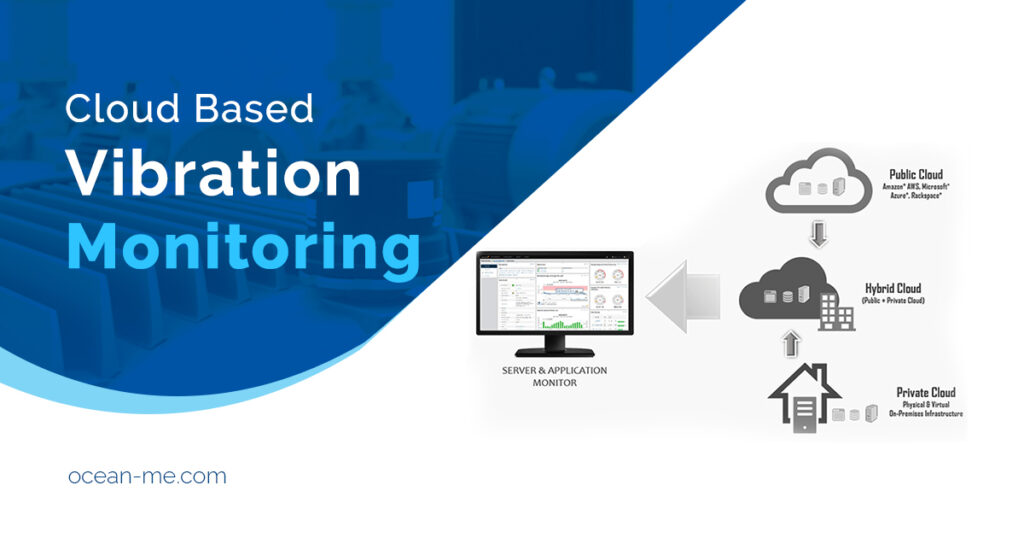A combination of instruments called a vibration monitoring system is used to monitor one or more metrics to spot changes in the health of a machine.
Monitoring these variables enables the early detection of flaws such as imbalance, bearing issues, looseness, misalignment, and others. Industrial wired accelerometers are currently being replaced worldwide by new vibration monitoring systems that use wireless transmission and long-life batteries.
Your first line of defence against unplanned downtime can be with cloud based vibration monitoring technologies. When compared to on-premises solutions, secure cloud based predictive maintenance systems have several benefits, such as access from anywhere, powerful analytics, customisable dashboards, and scalability, all without the expense of purchasing and maintaining local servers. They are far cheaper than the local strategy. The best part is that they make machine data access simple for professionals in off-site service and reliability.
The Working Principle of Cloud based Vibration Monitoring
Every piece of industrial equipment vibrates even when it is operating safely. However, these tremors are often caused by severe injuries or recently identified issues. This is why we need to regularly monitor our machines, which you can accomplish with the help of a cloud-based online vibration system.
Vibration monitoring is done as part of condition monitoring, a technique for preventative maintenance in which we routinely inspect the machine to detect small defects and rectify them before they become major problems that require the plant to shut down. Vibration analyzers produce waveforms by recording and converting the machine vibrations in a given area into electrical signals.
When using cloud-based vibration monitoring systems, the measurements of any detected vibration are transmitted via the internet straight to the cloud, where they are then forwarded to workstations where certified professionals can check on the machine’s condition and confirm it. The resulting real-time machine data allows you to assess the machine’s present condition of health. Additionally, this data is recorded, and the user will be alerted if the pattern changes.
Key Features and Advantages of the Cloud based Vibration Monitoring System
- Unexpected failures are minimised or even prevented.
- The amount of scheduled and unexpected downtime is decreased, allowing the facility to run smoothly.
- When you have planned maintenance, you have more time to look for opportunities to boost machine performance and energy efficiency.
- Early equipment failure identification can lower workplace dangers and increase overall safety.
- It increases the equipment’s lifespan and the operating life of machine parts.
- Condition monitoring evaluations are now less expensive.
- Cloud-based vibration analysis helps to determine a machine’s performance without stopping or disassembling it.
- The consequences of a machine failure are reduced, if not entirely, eliminated.
- Machines with higher vibration levels operate less efficiently and consume more energy, which increases energy waste. This can be detected with a cloud-based vibration monitoring system.
To Sum Up
Condition-based maintenance is becoming more and more crucial since production systems and industrial systems are under such intense pressure to be efficient and available. Over the past several years, there has been a rise in the usage of condition monitoring techniques to improve process quality, save maintenance costs, and boost equipment availability.
Systems for monitoring vibration in the cloud can assist in identifying issues that are both fixable and persistent and may originate from mechanical, electrical, or operational issues. As a result, it serves as a safeguard against unexpected machine downtime, maintaining efficient operation.



